Optimal Timing for Lanai Removals
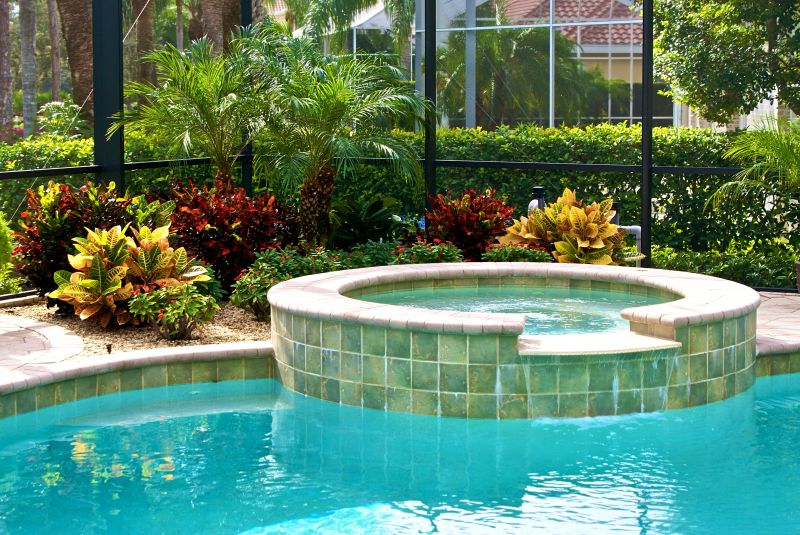
Spring offers moderate weather conditions, reducing the risk of delays during removal projects.

Summer provides longer daylight hours, facilitating efficient work, but high temperatures may pose challenges.

Fall typically features cooler temperatures and less rain, making it a suitable season for outdoor removals.

Ways to make Lanai Removals work in tight or awkward layouts.

Popular materials for Lanai Removals and why they hold up over time.

Simple add-ons that improve Lanai Removals without blowing the budget.

High-end options that actually feel worth it for Lanai Removals.

Finishes and colors that play nicely with Lanai Removals.
Lanai removals involve the careful dismantling and removal of outdoor structures to improve space or prepare for renovation. Proper timing ensures smoother execution and minimizes disruptions. Factors influencing the best timing include weather conditions, project scope, and personal schedules. Planning during favorable weather minimizes delays and potential damage caused by rain or extreme temperatures.
Dry, mild weather reduces the risk of delays and safety hazards during lanai removal.
Larger projects may require more planning and should be scheduled during optimal seasons.
Choosing a season with flexible weather patterns can help accommodate unexpected delays.
Understanding local weather trends ensures better planning for lanai removal activities.
Effective planning for lanai removals considers seasonal weather patterns and project-specific factors. Scheduling during periods of stable weather reduces risks and enhances safety. It is advisable to avoid peak rainy seasons or extreme heat, which can impede progress and increase costs. Consulting with professionals can help identify the most suitable time based on local climate and project requirements.

Proper tools and machinery are essential for efficient and safe removal processes.

Adhering to safety standards minimizes risks during dismantling and disposal.
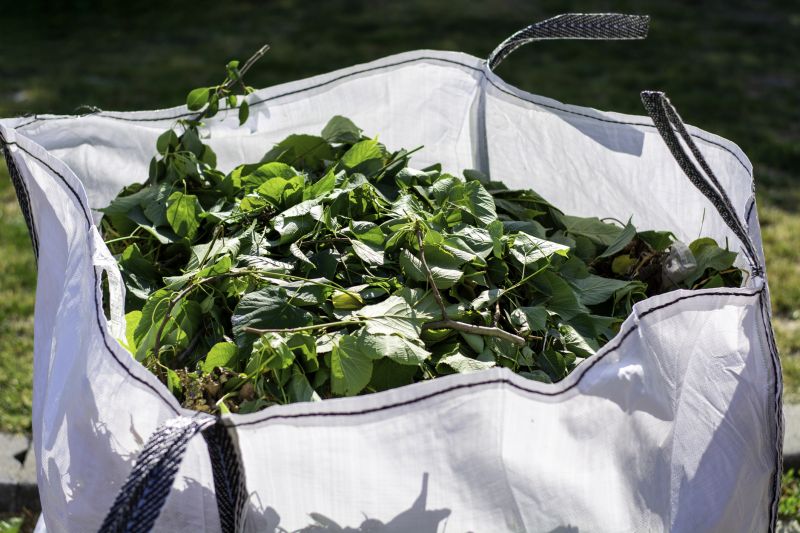
Proper disposal of materials ensures compliance and environmental responsibility.
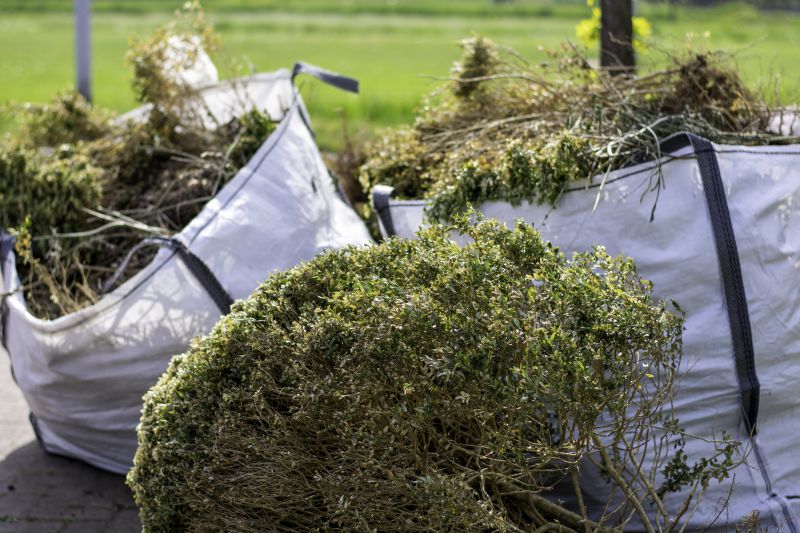
Thorough cleanup restores the area and prepares it for future use.

Little measurements that prevent headaches on Lanai Removals day.

A 60-second routine that keeps Lanai Removals looking new.

A frequent mistake in Lanai Removals and how to dodge it.

Small tweaks to make Lanai Removals safer and easier to use.
| Season | Advantages |
|---|---|
| Spring | Mild weather, longer days, good for scheduling |
| Summer | Long daylight hours, but potential heat challenges |
| Fall | Cooler temperatures, less rain, ideal for outdoor work |
| Winter | Less common, possible rain or cold delays |
Choosing the optimal time for lanai removals depends on weather conditions, project scope, and personal scheduling preferences. Spring and fall generally offer the most favorable conditions for outdoor work, while summer may be suitable with precautions for heat. Winter is typically less ideal due to increased weather variability, but local climate patterns can influence timing decisions.

Careful planning ensures efficient execution and minimizes disruptions.

Weather significantly affects project timelines and safety.

Proper storage during off-peak seasons prevents damage and loss.
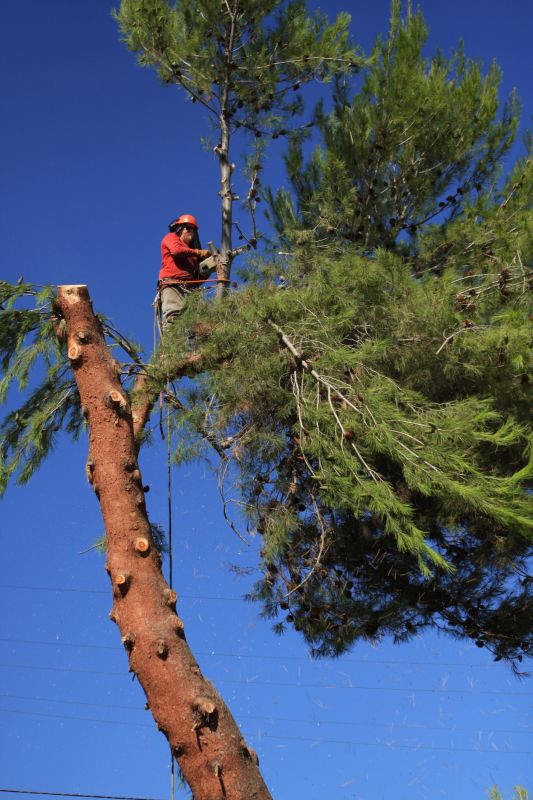
Expert guidance optimizes timing and safety during removal.

Lower-waste or water-saving choices for Lanai Removals.
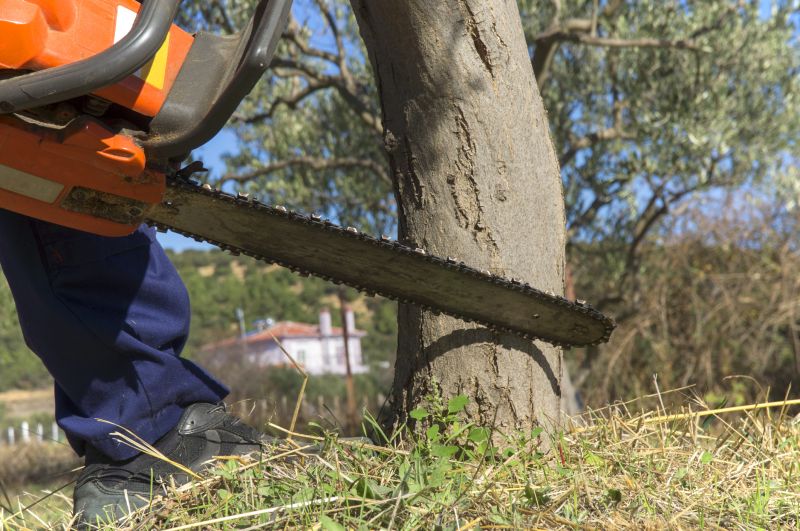
The short, realistic tool list for quality Lanai Removals.
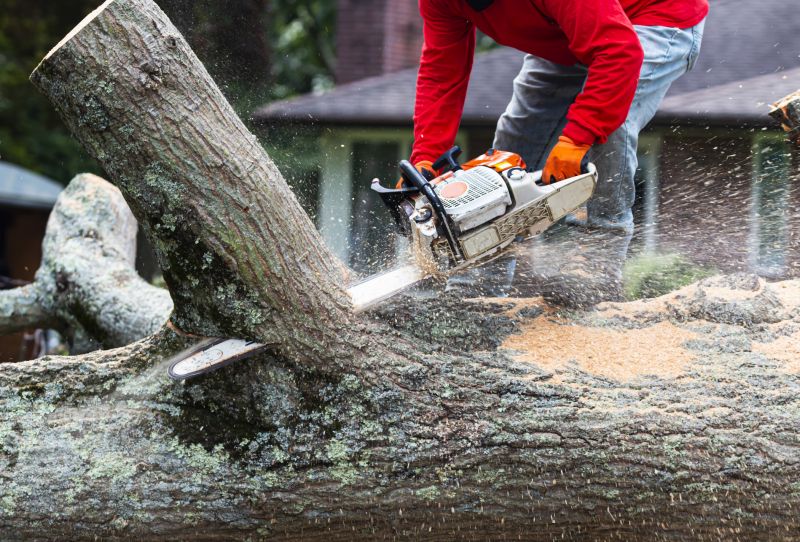
Rough timing from prep to clean-up for Lanai Removals.

Quick checks and paperwork to keep after Lanai Removals.
Understanding seasonal impacts and planning accordingly can lead to more efficient lanai removal projects. Consulting with experienced professionals helps identify the best timing based on local weather patterns and project specifics. Proper scheduling minimizes delays and ensures safety and quality outcomes.



